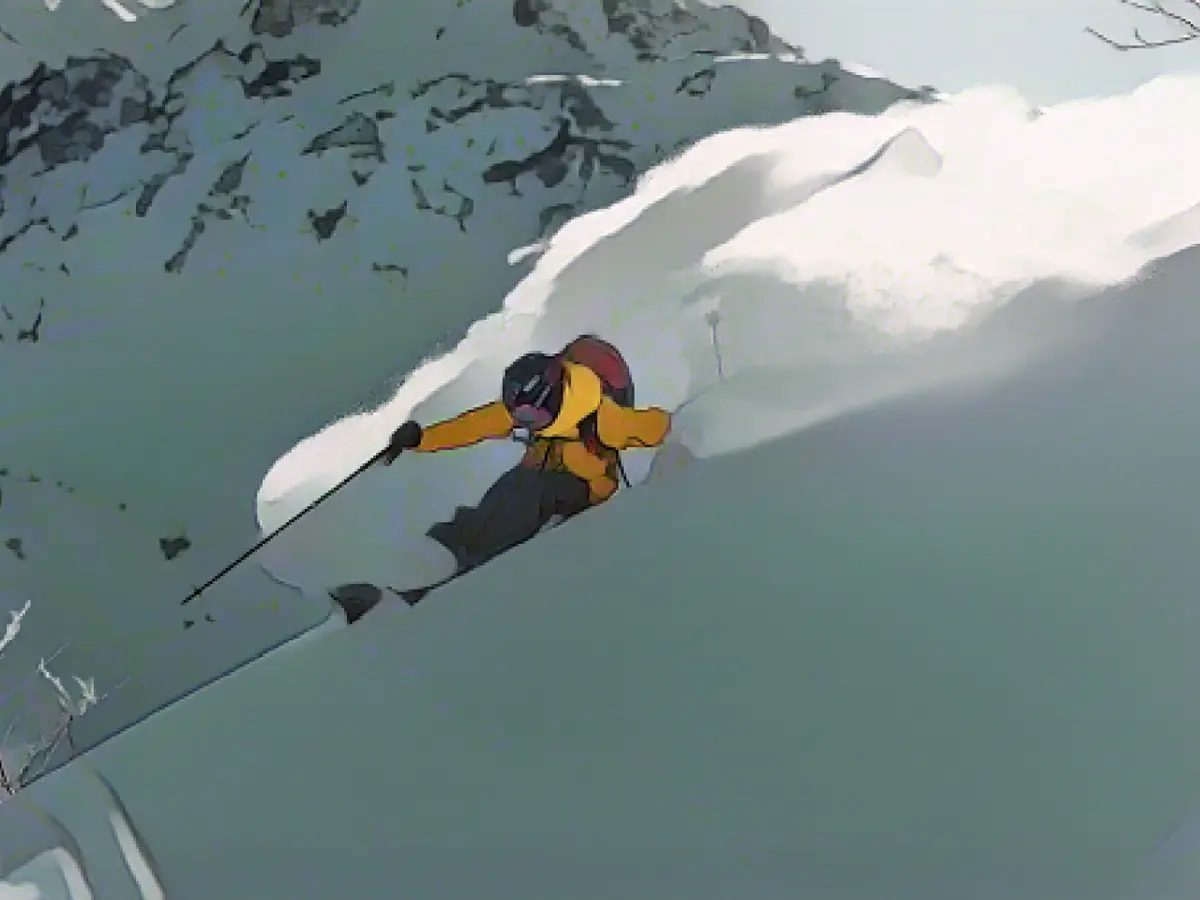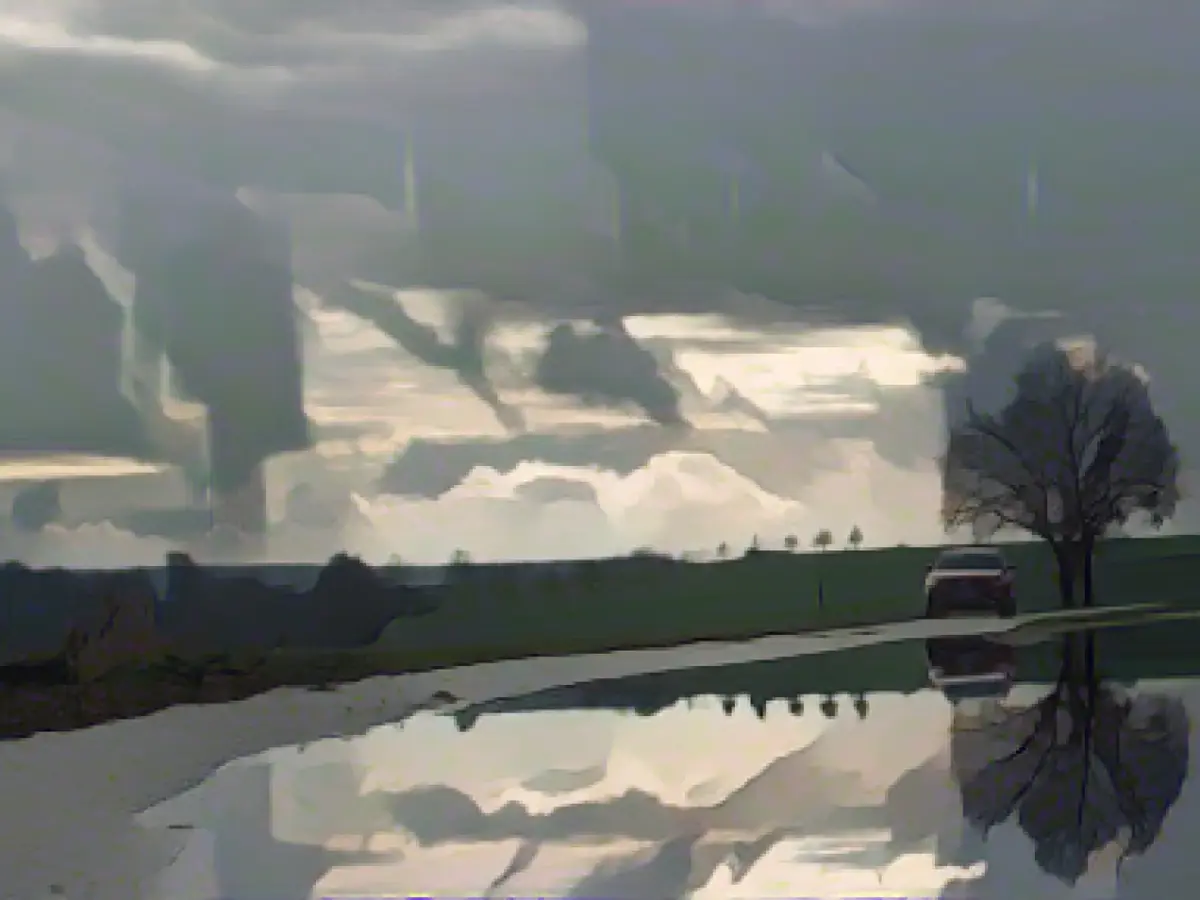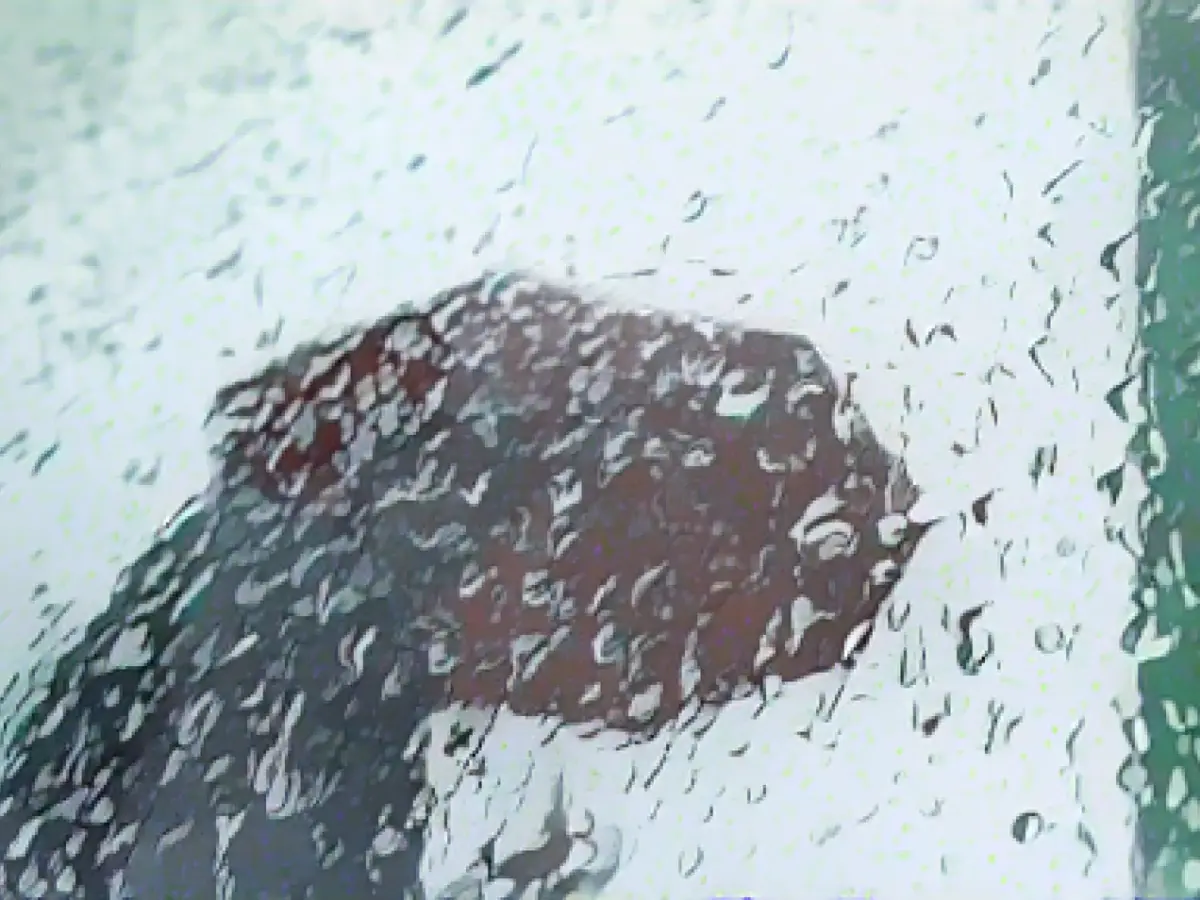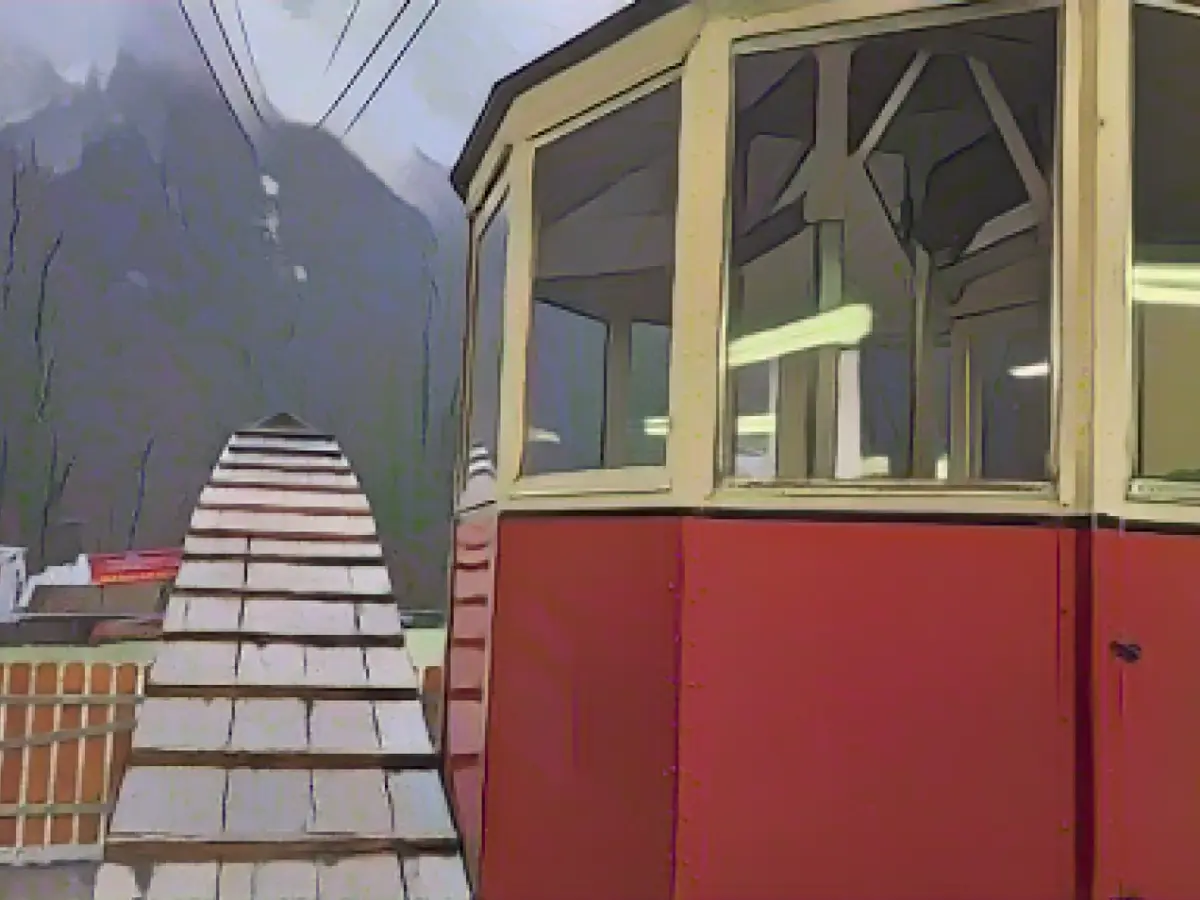Skier's Talk: Unveiling the Top Skis for 2023/24, Despite Climate Challenges
Heinrich Sklorz, a renowned ski instructor and head of the independent ski test "Carving 2000," is no stranger to climate change's impact. While testing skis on a glacier, the team witnessed the shifting Alpine climate firsthand. Sklorz shares his concerns, "We were on a glacier in mid-October, practically walking over scree. It was around 10 to 15 degrees during the day. It's not the mountains I know. There used to be snowfall every day in mid-October. This year there was nothing at all. This is already the third winter."
Rental Boom and Ski Prices
The uncertain weather conditions and shorter vacation periods have led many skiers to opt for rental equipment over purchasing. Sklorz explains the trend, "Rental is booming. You're on the safe side. If the ski doesn't work for you, just exchange it." The uncertainty of the new season and the escalating prices of top skis further contribute to the rental boom. While there are high-end skis priced up to 1600 euros, Sklorz asserts, "You can also get very good skis for 500 to 600 euros."
Beware of the Appearance
The sleek appearance of skis can deceive novice skiers. Sklorz points out that the look says nothing about the real quality of the ski. It's the layer structure and materials used inside the ski that truly differentiate it. Wood, carbon, and alloys, such as Titanal, are combined to create these high-tech devices. However, it's crucial to choose "all-mountain" skis, which are mainly made of wood with a carbon insert, ensuring they're lightweight and versatile.
The Power of 'All-Mountain' Skis
For multifaceted skiers, Sklorz recommends "all-mountain" skis, stating, "It's a good choice for most skiers. It's light, uncomplicated, turns as if by itself, and performs well on different types of snow." These skis are equally effective on pistes and handle deep snow well. Sklorz asserts that these skis will continue to improve, signaling their enduring popularity.
Specialty Skis for Expert Skiers
While "all-mountain" skis enjoy widespread use, specialized skis cater to top skiers. These state-of-the-art skis are designed with innovative materials, radii, and lengths. Sklorz, who owns an "all-mountain" ski, appreciates its versatility, "It works just as well on hard slopes as it does on deep snow. I think this is the future, and it will continue to improve."
However, these advanced skis are only for experts. Sklorz warns, "Proper racing skis are only for specialists. They are safer at high speeds, but generally more difficult to handle."
Independent Ski Tests
The independent ski test "Carving 2000" helps skiers make informed decisions. Sklorz advises consciously choosing skis, beginning with trials in the ski resort, followed by a purchase. He stresses that experts should rely on test results, not online advertising. For skiers to select the perfect ski, defined categories corresponding to different abilities and preferences are available in test results.
Enrichment Data Integration:
- Global climate change is impacting both the duration and skiing conditions throughout the world. Many U.S. ski resorts have experienced a decrease in their ski season by 34 days since the 1980s.
- The Alps, a famous winter sports destination, is also experiencing a decline in snowpack. The snow depth at lower-altitude resorts is shrinking at a rate of 3-4 cm (1.2 to 1.6 inches) per decade.
- The unpredictable weather caused by climate change leads to unfavorable snow conditions, including rain-on-snow events that speed up melting and create challenging slushy conditions.
- As a result of these changes, ski resorts are increasingly using artificial snow to maintain impressive snow covers, increasing operational costs.
- Lower-altitude ski resorts like Saalbach (1,000 meters) may become inoperable in the near future as the Alps lose up to 70% of their snow cover by 2100 if global temperatures continue to rise.








